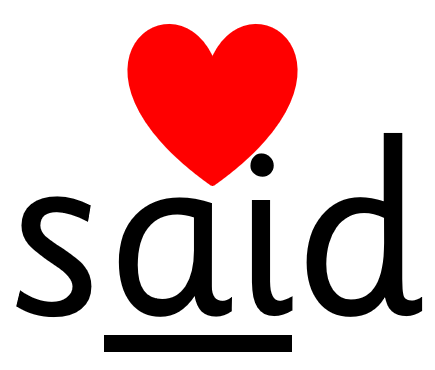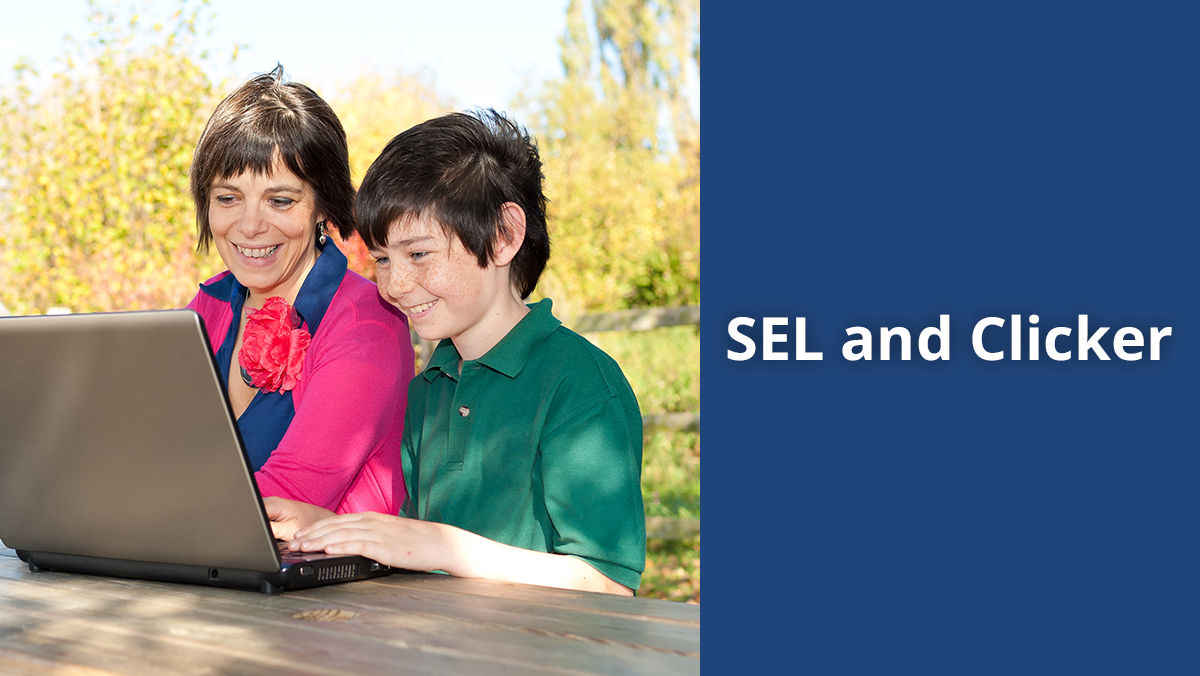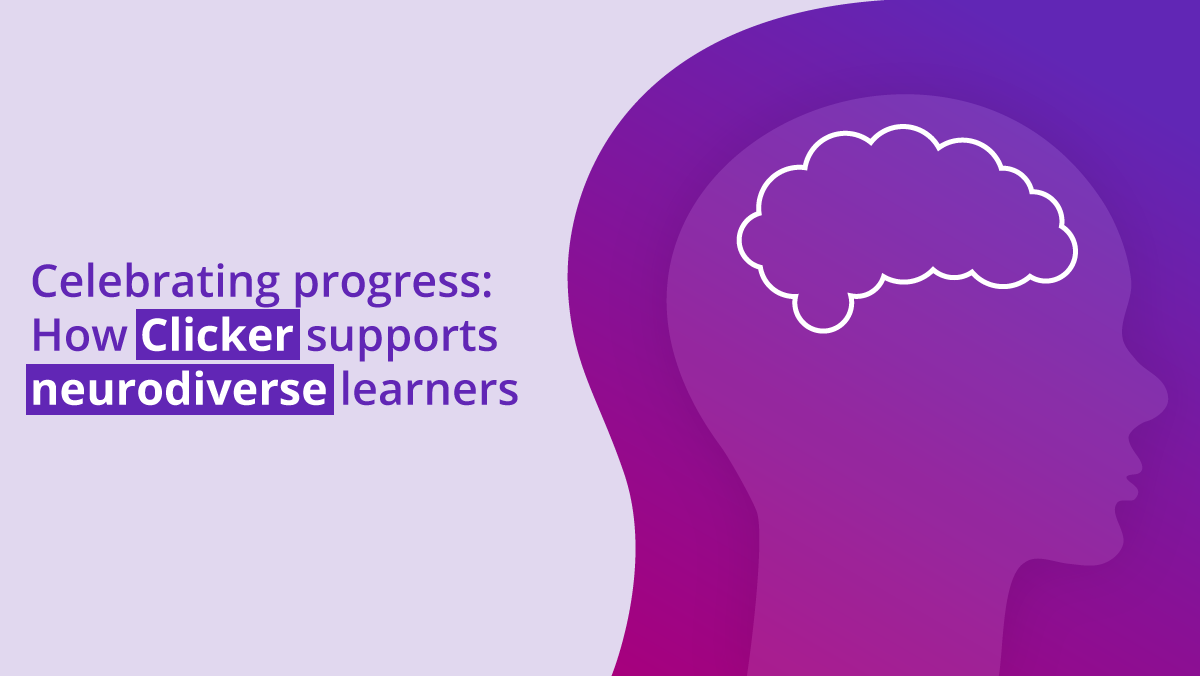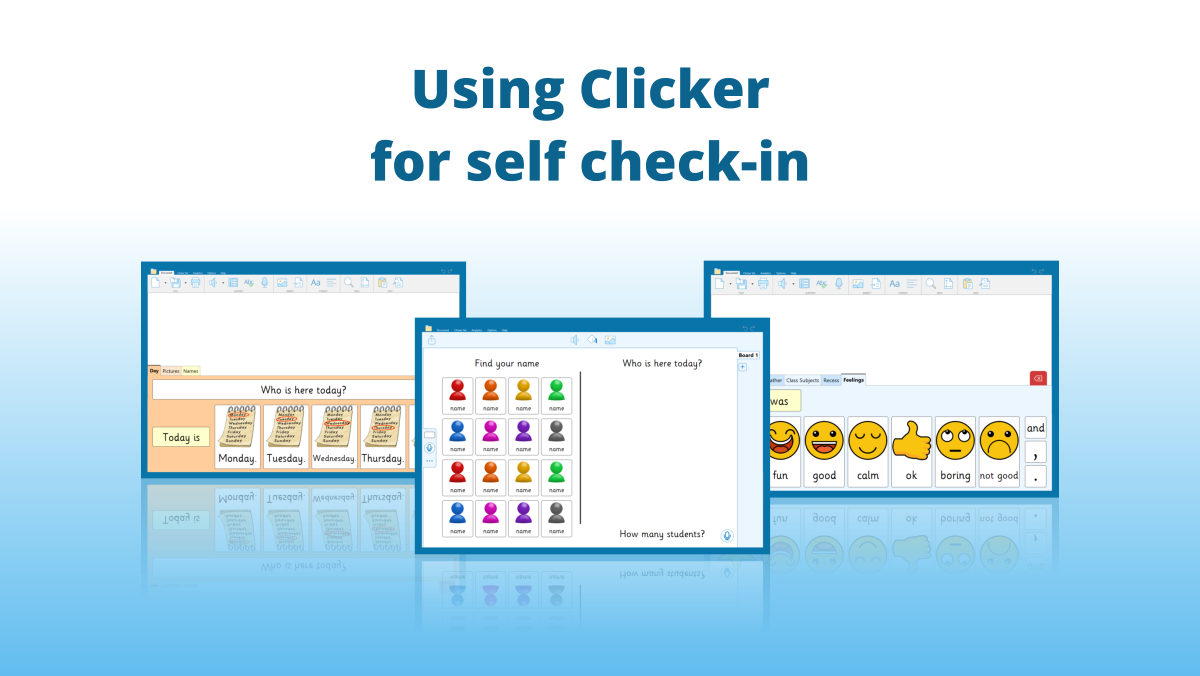For many schools there has been a renewed push towards phonics to help early or struggling readers and writers. This has impacted many aspects of reading and writing instruction, including the way that students are taught traditional “sight words.”
In the past we often told students that they had to just memorize these high frequency words. We would try to get students to focus on the “whole word,” looking at its shape, length, etc. in order to learn the word. But there is significant evidence to show that this doesn’t work for a lot of kids. Research indicates that successful readers use phonics and “orthographic mapping” to learn new words – connecting sounds (the phonemes) to the letters (the graphemes) in the word. They permanently store the connected sounds and letters to instantly recognize the words. These words then become actual sight words.

Many of the high frequency words from lists, such as Dolch, are words that follow normal phonemic rules. Rather than memorizing the whole word, the words can be taught as part of phonics lessons. For example, the word “did” can be included when learning other short i cvc words.
There are, however, some words on the Dolch list that don’t fully follow phonetic patterns. These words are often called heart words – meaning that there is one (or more) part of the word that has a tricky part that you have to learn by heart.

We have recently published some Heart Words Clicker Sets on LearningGrids. The sets, which include Word Banks, Talk Sets, and Matching Sets, focus on the Dolch list of heart words and are broken down into eight groups, allowing you to focus on a smaller set of words at time.
Let’s look at how the different types of Clicker Sets can be used.
Word Banks and Clicker Document
The Word Banks can be used effectively with the Clicker Document to introduce students to the different groups of heart words.

- Send a word from the Word Bank to the Document.
- Get students to say the word with you.
- Ask students to use the word in a sentence (understanding the meaning of the word is an important part of the orthographic mapping process).
- Send the word again and this time get students to tap out the sounds in the word.
- Ask them to say the phonemes in the words – s-ĕ-d.
- Ask them what sound they hear at the beginning and what letter we use for that sound – highlight the s in green.
- Ask them what sound they hear at the end and what letter we use for that sound – highlight the d in green.
- Explain how that leaves us with the middle sound which is ĕ, but because this is a heart word, it has a tricky part that we have learn by heart –highlight the ai in red.
- Open the onscreen keyboard and write out the word again. Have students say the letters with you.
Talk and Matching Sets
Once you have introduced all the words from the Word Bank, students can then use the Talk and Matching Sets to consolidate their understanding of the words.
With the Talk Set, students can use it as a normal Listen and Say activity – where they click on the word to hear it and then they record themselves saying it. But to really engage in the orthographic process, get students to record themselves saying the word, using the word in a sentence, and breaking the word into its parts – both the sounds and the letters.
The Matching Set is designed as a reinforcement activity or quick assessment to see if students can recognize the words. They click on the speaker to hear a word and then choose the written word to match the sound.


Be sure to visit LearningGrids for other Clicker resources focusing on Sounds & Letters.





